Few gaming franchises have left as indelible a mark on the industry as Halo. Since its debut in 2001, the series has continuously redefined first-person shooter campaigns through technological innovation, narrative depth, and gameplay refinement. This evolution hasn’t just shaped Halo – it has influenced how stories are told in interactive entertainment.
From the mysterious ringworld of Combat Evolved to the vast open spaces of Infinite, Master Chief’s journey has spanned generations of hardware and players alike. Let’s explore how the Halo campaign evolved over two decades, examining the pivotal changes that transformed a revolutionary shooter into a cultural phenomenon.
The Birth of a Legend: Halo’s Significance in Gaming History
When Halo: Combat Evolved launched alongside the original Xbox in 2001, it wasn’t just another launch title – it was a revolution. As Microsoft’s flagship franchise, Halo introduced console players to a first-person shooter experience previously thought impossible without a keyboard and mouse. The game’s control scheme became the industry standard, with its dual-stick approach setting the template for virtually every console FPS that followed.
Beyond controls, Combat Evolved’s campaign delivered something rare: a perfect marriage of narrative and gameplay. The mysterious Halo ring, the enigmatic Covenant, and the terrifying Flood created a science fiction universe that felt both familiar and utterly unique. Players weren’t just shooting aliens – they were participating in an epic space opera with genuine emotional stakes.
What truly set Halo apart was its accessibility. While PC shooters often catered to hardcore audiences, Halo welcomed everyone with its regenerating shield system, limited weapon inventory, and vehicle sections that provided natural pacing breaks. These innovations made the campaign approachable without sacrificing depth or challenge.
Experience Where It All Began
Revisit the game that launched a legend. Play Halo: Combat Evolved through the Master Chief Collection and experience the campaign that changed gaming forever.
Evolution of Combat: How Halo’s Gameplay Mechanics Transformed

The Halo campaign evolved dramatically in its gameplay mechanics across each installment. Combat Evolved established the “30 seconds of fun” philosophy – creating encounter spaces where players could approach challenges with multiple strategies. This foundation remained, but each sequel introduced refinements that kept the formula fresh.
Weapons and Combat
Halo 2 introduced dual-wielding and weapon switching, expanding the combat sandbox significantly. Halo 3 perfected this system while adding equipment items like the Bubble Shield and Gravity Lift. Reach introduced armor abilities, fundamentally changing how players approached encounters with abilities like Sprint, Jetpack, and Active Camo.
Halo 4 further evolved these systems with loadouts and ordinance drops, while Halo 5: Guardians added thruster packs, ground pound, and clamber abilities that increased mobility. Infinite stripped back some of these additions while introducing the grappleshot, creating a hybrid of classic and modern Halo movement.
Enemy AI and Encounter Design
Perhaps the most impressive evolution came in enemy behavior. Combat Evolved’s Elites would dodge grenades and flank players – revolutionary for 2001. By Halo Infinite, enemies communicate with each other, respond dynamically to player tactics, and create emergent combat scenarios that feel unique with each playthrough.
Classic Halo Combat (2001-2010)
- Limited weapon inventory (two weapons)
- Regenerating shields with health packs
- Vehicle-based combat sections
- No sprint or advanced movement
- Equipment items (Halo 3)
Modern Halo Combat (2012-2021)
- Enhanced mobility options
- Fully regenerating health
- Expanded weapon variants
- Spartan abilities and equipment
- Open-world elements (Infinite)
Ringworlds to Open Worlds: The Evolution of Halo’s Level Design

Halo’s campaign level design has undergone perhaps the most visible transformation throughout the series. Combat Evolved featured what designers called “combat bowls” – large arenas connected by corridors that gave players freedom within controlled spaces. These areas allowed for vehicle combat and multiple approach vectors while maintaining narrative pacing.
Halo 2 expanded this concept with more urban environments and vertical spaces, while Halo 3 perfected the formula with massive battlefields that supported infantry, vehicles, and aircraft simultaneously. ODST experimented with a semi-open world hub, allowing players to explore the streets of New Mombasa at their own pace – a precursor to Infinite’s fully open approach.
Halo 4 returned to a more linear design philosophy, focusing on spectacle and setpieces over player choice. Halo 5 continued this trend but added larger combat arenas to accommodate four-player co-op. The culmination came with Halo Infinite, which blended traditional mission structures with a true open world, allowing players to tackle objectives in any order while still experiencing a directed narrative.
“We wanted to capture that feeling from the original Halo, when you first step onto the ring and realize you can go anywhere you can see.”
Experience Halo’s Open World
Explore the vast landscapes of Zeta Halo in Halo Infinite, the most ambitious campaign in the series’ history.
Pushing Boundaries: Technological Advancements in Halo Campaigns
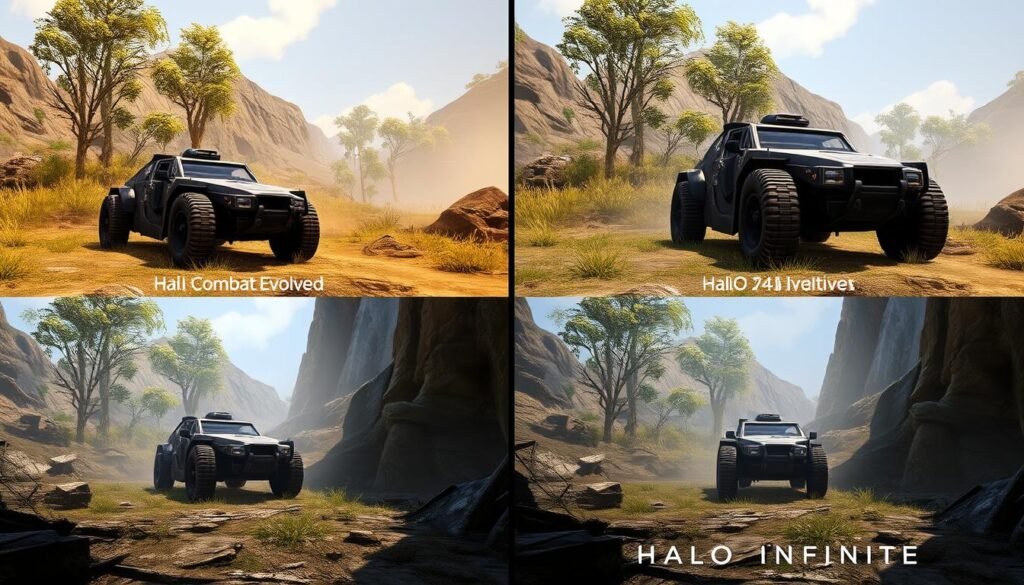
Each Halo campaign has served as a technological showcase for its respective hardware generation. Combat Evolved demonstrated the original Xbox’s capabilities with vast outdoor environments, vehicle physics, and advanced AI that was unprecedented on consoles. Halo 2 pushed the aging hardware to its breaking point with improved lighting, destructible environments, and more complex character models.
The leap to Xbox 360 with Halo 3 brought high-definition visuals, advanced physics through the Havok engine, and dramatically improved facial animations. ODST introduced new lighting techniques that transformed the mood of environments, while Reach perfected the Bungie-era engine with improved effects, animations, and texture work.
The 343 Industries Era
When 343 Industries took over the franchise, they rebuilt the engine from the ground up for Halo 4, delivering visuals that pushed the Xbox 360 beyond what many thought possible. The move to Xbox One with Halo 5: Guardians brought 60fps gameplay to the campaign for the first time, along with dramatically improved lighting and character detail.
Halo Infinite represents the latest evolution, utilizing the Slipspace Engine to deliver a semi-open world with dynamic time of day, weather effects, and vastly improved rendering techniques. The game’s delayed release allowed 343 to polish these systems, resulting in a campaign that balances technical prowess with artistic direction.
From Silent Protagonist to Character Study: Narrative Evolution in Halo
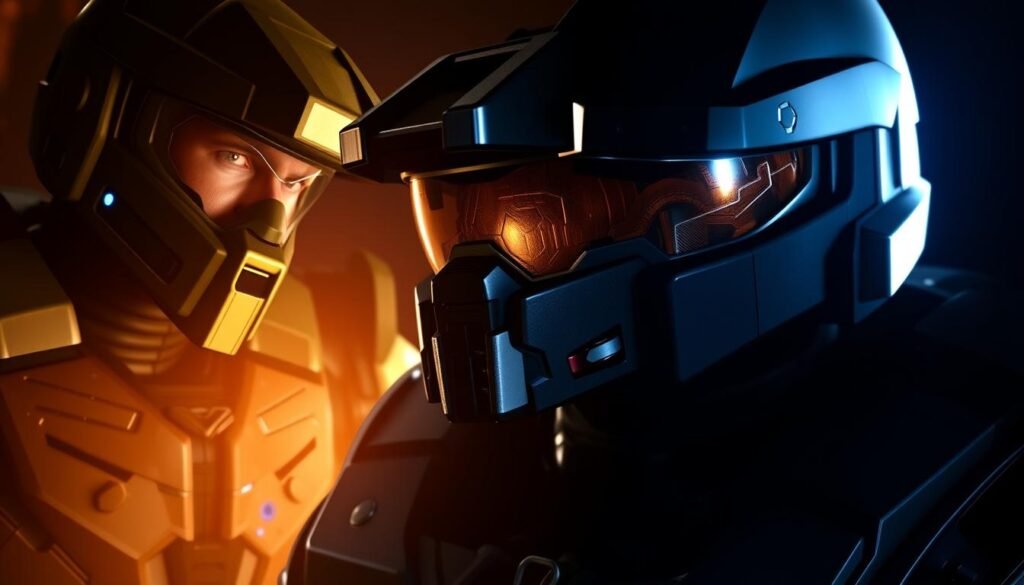
The Halo campaign evolved perhaps most dramatically in its storytelling approach. Combat Evolved presented Master Chief as a relatively blank slate – a vessel for the player with minimal dialogue. The focus remained on the mystery of Halo itself and the immediate threat of the Covenant and Flood.
Halo 2 marked a significant shift by introducing a parallel protagonist in the Arbiter, allowing players to experience the conflict from both sides. This dual narrative expanded the universe’s complexity and moral ambiguity. Halo 3 concluded this trilogy with a focus on the relationship between Chief and Cortana, laying groundwork for future character development.
Deeper Character Exploration
When 343 Industries took over with Halo 4, they dramatically shifted focus to Master Chief as a character, exploring his humanity and relationship with Cortana. This marked a transition from plot-driven to character-driven storytelling. Halo 5 attempted to expand this approach with multiple protagonists but received mixed reception for sidelining Master Chief.
Halo Infinite represented a course correction, returning focus to Master Chief while maintaining the character depth established in Halo 4. The campaign balanced personal stakes with the grand science fiction backdrop that defined the series, creating what many consider the perfect synthesis of Bungie and 343’s storytelling approaches.

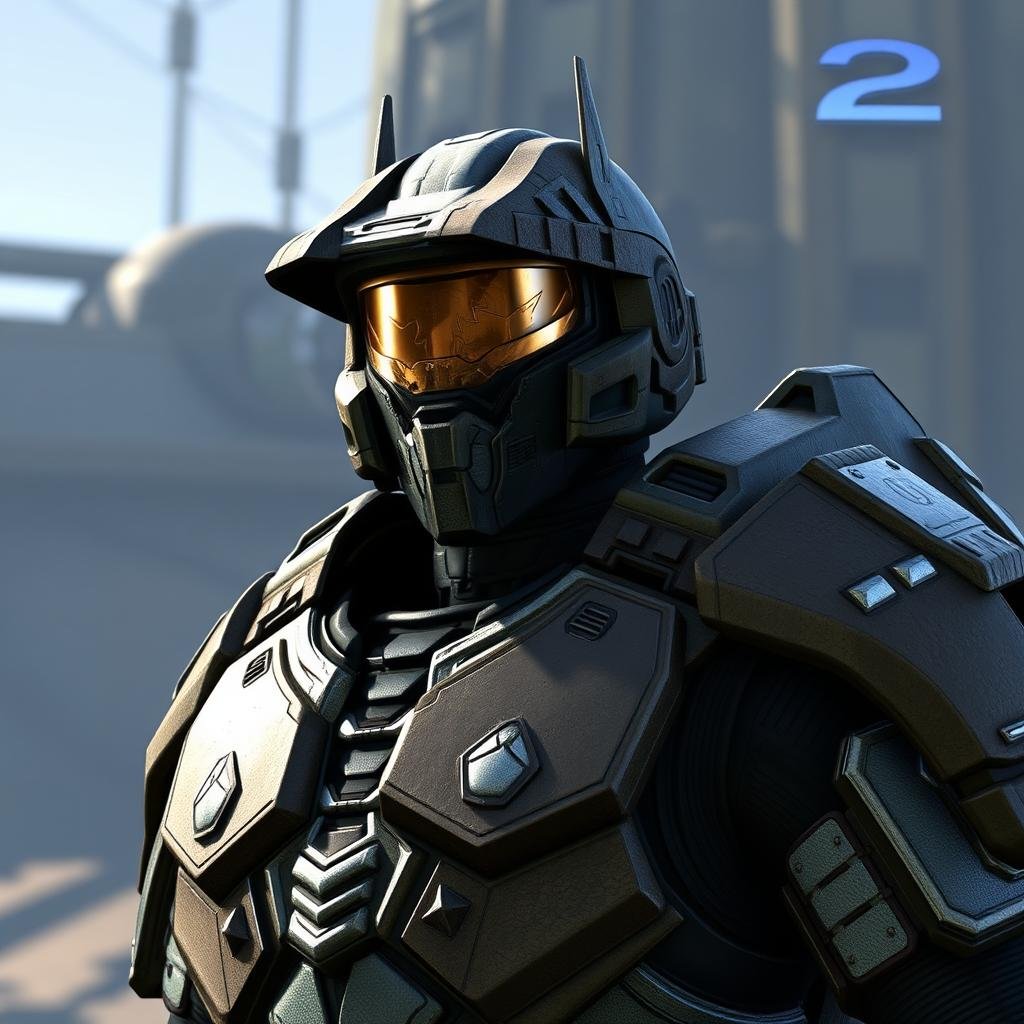

Experience Master Chief’s Complete Saga
From silent hero to fully realized character, follow Master Chief’s journey from beginning to present day with Xbox Game Pass.
Combat Evolved vs. Modern Design: Shifting Philosophies in Halo Campaigns

The evolution of Halo campaigns reflects broader shifts in game design philosophy over two decades. The original trilogy, developed by Bungie, emphasized what they called “30 seconds of fun” – creating memorable combat encounters that could be approached in multiple ways, then repeating and varying these scenarios throughout the campaign.
This approach prioritized gameplay mechanics over narrative, allowing the story to unfold organically through environmental storytelling and limited cutscenes. Level design focused on creating “sandboxes” where players could experiment with different weapons, vehicles, and tactics to overcome challenges.
The Modern Approach
When 343 Industries took over the franchise, they brought a more cinematic approach to campaign design. Halo 4 and 5 featured more elaborate cutscenes, character development, and setpiece moments. This shift reflected broader industry trends toward more directed experiences with higher production values.
Halo Infinite represents an attempt to reconcile these approaches, combining the sandbox-driven gameplay of classic Halo with the narrative depth and production values of modern games. Its open-world structure allows for player freedom while still delivering a cohesive story – perhaps the truest evolution of the original Halo campaign philosophy.
Classic Halo Design Strengths
- Focused on player freedom and experimentation
- Emphasized “fun factor” over strict narrative
- Created memorable, replayable combat scenarios
- Balanced difficulty through enemy variety rather than mechanics
- Environmental storytelling over exposition
Modern Halo Design Challenges
- Balancing narrative focus with gameplay freedom
- Meeting higher production value expectations
- Competing with other modern FPS campaigns
- Satisfying veteran fans while attracting new players
- Maintaining identity while evolving mechanics
Through the Eyes of Fans: Community Reception to Halo’s Campaign Evolution

The Halo community’s reaction to campaign changes has been as varied as the games themselves. The original trilogy is widely regarded as the gold standard, with Halo 2’s campaign initially receiving criticism for its cliffhanger ending and Arbiter sections, only to be later reassessed as one of the series’ strongest narrative achievements.
Halo 3: ODST and Reach were praised for their experimental approaches to storytelling, with ODST’s noir-influenced narrative and Reach’s tragic prequel story representing high points for Bungie’s narrative capabilities. These campaigns demonstrated how the Halo formula could be successfully varied while maintaining core identity.
The 343 Era Reception
The transition to 343 Industries with Halo 4 created a community divide. Many praised the deeper character focus and emotional storytelling, while others criticized changes to art direction and enemy design. Halo 5: Guardians received the harshest criticism for its campaign, with fans disappointed by limited Master Chief gameplay and confusing narrative.
Halo Infinite represented a return to form that united much of the community, with praise for its sandbox approach and character writing. However, some criticized its open-world structure as repetitive and its narrative as incomplete – highlighting the challenge of evolving a beloved franchise while meeting diverse expectations.
Which Halo campaign is considered the best by most fans?
While opinions vary widely, Halo 2 and Halo 3 consistently rank highest in community polls for campaign quality. Halo 2 is praised for its narrative complexity and dual protagonists, while Halo 3 is celebrated for its perfect balance of storytelling and gameplay variety.
How did the transition from Bungie to 343 Industries affect campaign design?
The transition brought a more character-focused approach to storytelling, deeper narrative complexity, and higher production values. 343 Industries placed greater emphasis on Master Chief’s character development and the emotional core of the story, while Bungie’s campaigns tended to focus more on the broader universe and gameplay mechanics.
Are older Halo campaigns still worth playing today?
Absolutely. While graphics have obviously evolved, the core gameplay and level design of the original Halo campaigns remain exceptional. The Master Chief Collection provides modernized versions with improved visuals while maintaining the original gameplay, making them very accessible to modern players.
The Road Ahead: The Future of Halo Campaign Evolved
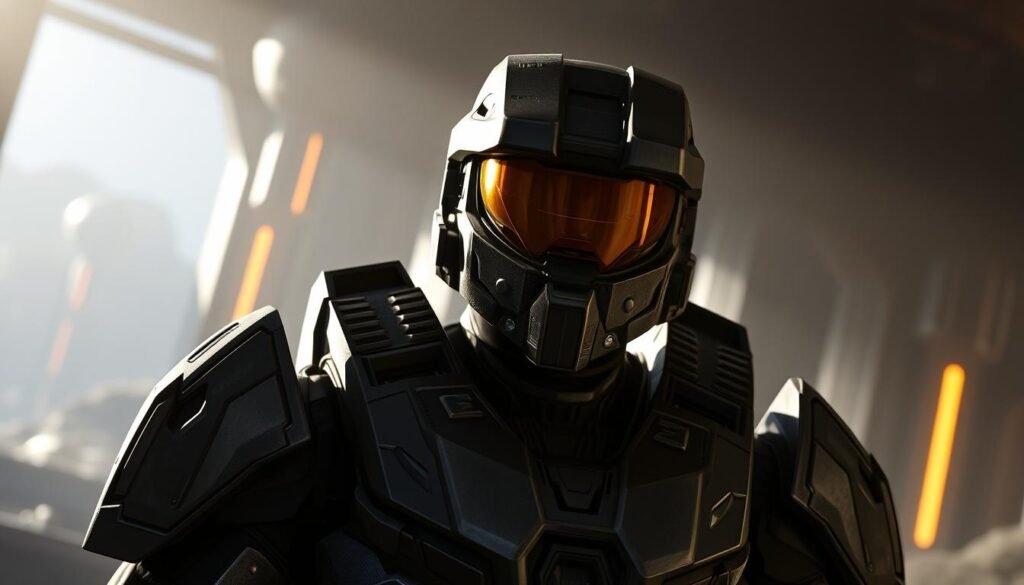
With the announcement of Halo: Campaign Evolved, a complete remake of the original game coming in 2026, the future of Halo campaigns appears to be embracing both nostalgia and innovation. This Unreal Engine 5 remake will feature remastered visuals, expanded weapon options, and three new prequel missions – demonstrating how even classic campaigns can be thoughtfully evolved for modern audiences.
Beyond remakes, the future likely holds continued expansion of the open-world elements introduced in Infinite. The industry-wide trend toward larger, more immersive worlds suggests future Halo campaigns may offer even greater player freedom while maintaining the directed narrative experiences that define the series.
Technological Horizons
The shift to Unreal Engine 5 for Campaign Evolved signals a potential engine change for the franchise moving forward. This could enable more rapid development cycles and greater visual fidelity, addressing some of the challenges faced during Infinite’s extended development.
Cross-platform availability also represents a significant evolution, with Campaign Evolved coming to PlayStation 5 alongside Xbox and PC. This broader accessibility could introduce the franchise to an entirely new audience, potentially influencing future campaign design to be more welcoming to newcomers while still satisfying veterans.
The upcoming Halo: Campaign Evolved remake will feature three brand-new prequel missions focusing on Master Chief and Sergeant Johnson, expanding the original game’s narrative while maintaining its core experience.
Conclusion: 20 Years of Halo Campaign Evolved

The evolution of Halo campaigns over two decades tells a story not just about a fictional universe, but about the maturation of the gaming medium itself. From Combat Evolved’s revolutionary approach to console shooters to Infinite’s open-world innovation, each iteration has pushed boundaries while maintaining the core elements that make Halo special.
What began as a relatively straightforward science fiction shooter has evolved into a complex narrative universe with emotional depth, character development, and philosophical themes. Yet through all these changes, the essence remains: the joy of stepping into Master Chief’s armor, facing impossible odds, and saving humanity through skill, strategy, and a little luck.
As we look toward Halo: Campaign Evolved and beyond, the franchise continues to demonstrate that evolution doesn’t mean abandoning identity – it means building upon foundations to create experiences that resonate with each new generation of players. The Halo campaign evolved from a simple alien shooter into one of gaming’s most beloved sagas, and its journey is far from over.
Join the Fight for the Future
Experience the complete Halo saga from Combat Evolved to Infinite. Join Xbox Game Pass Ultimate to access every Halo campaign and prepare for Halo: Campaign Evolved in 2026.

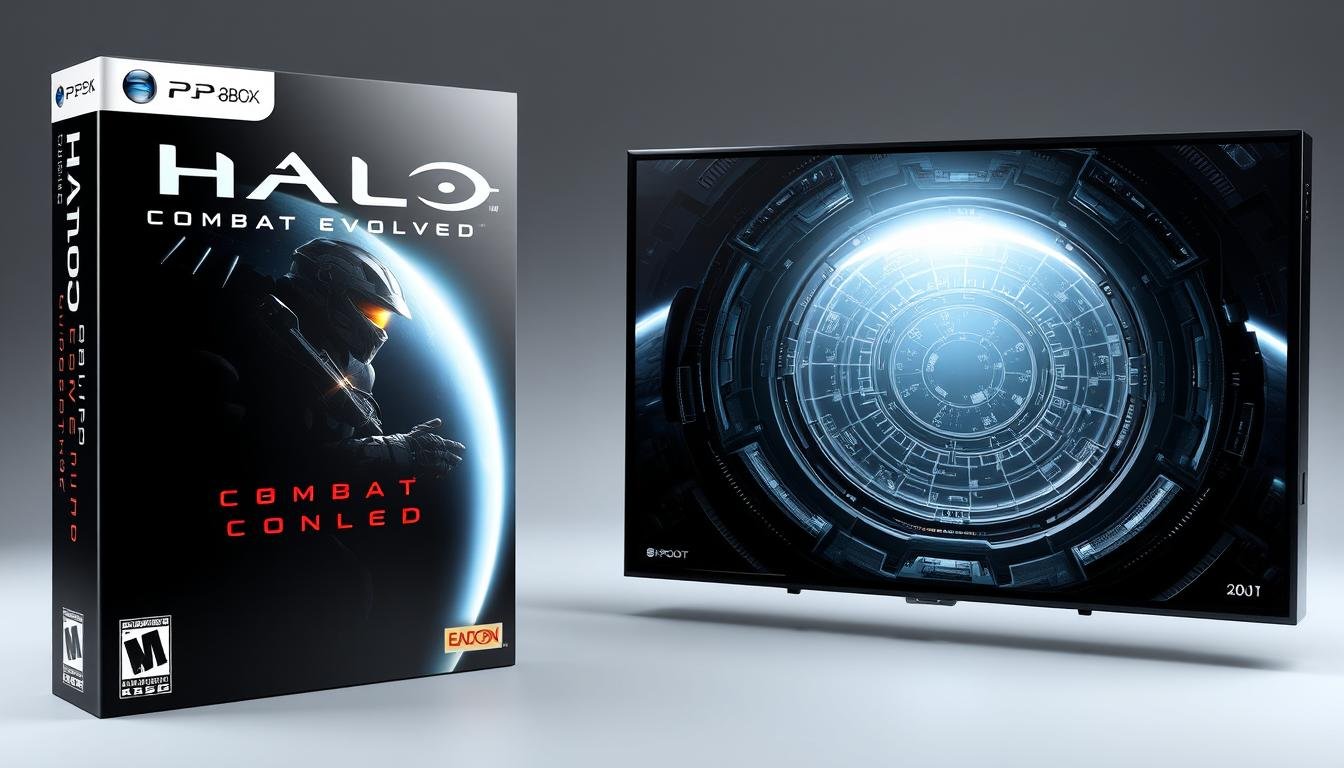

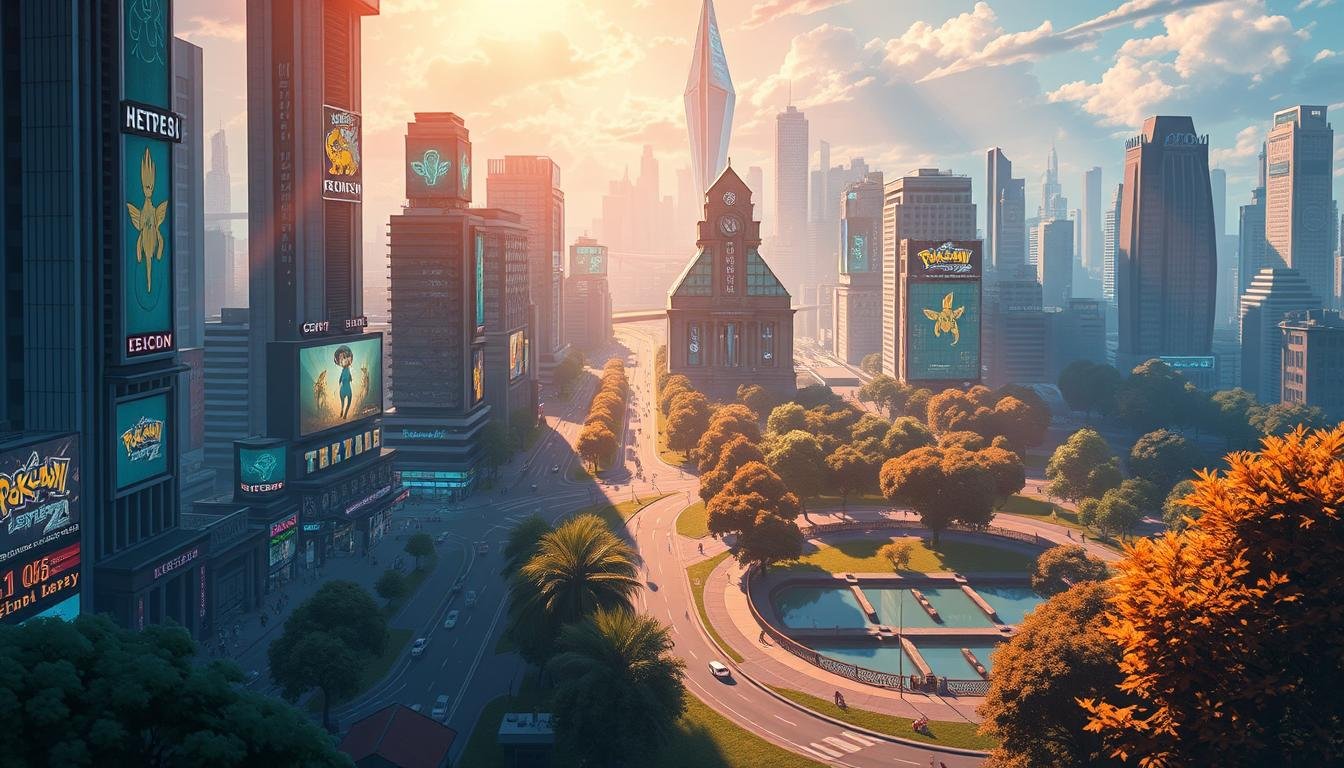

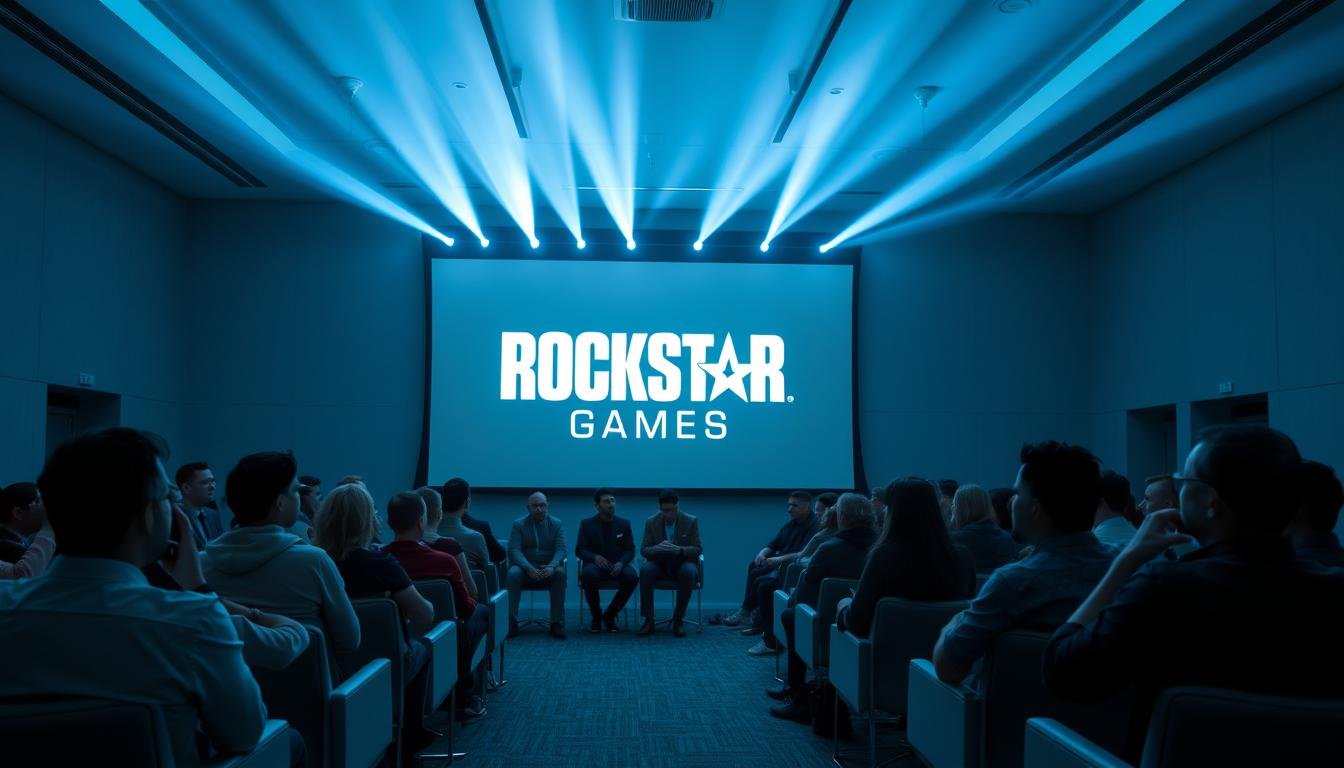

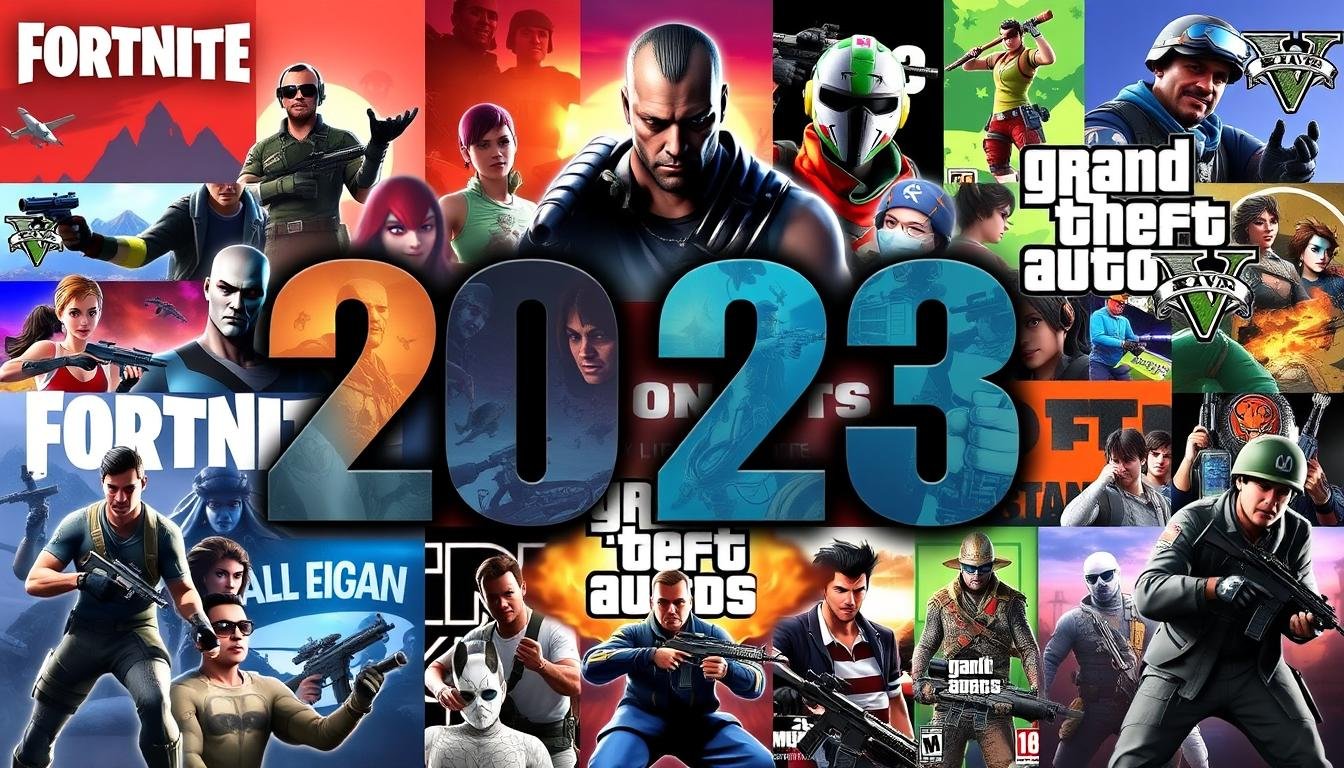

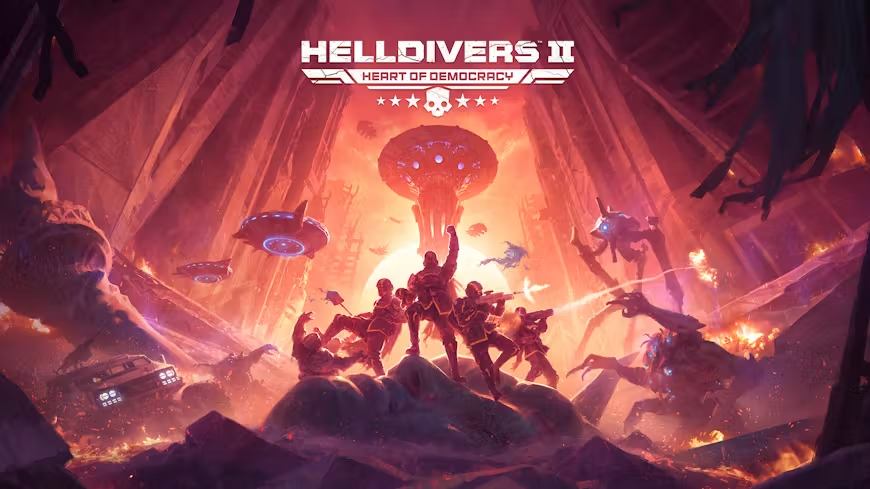
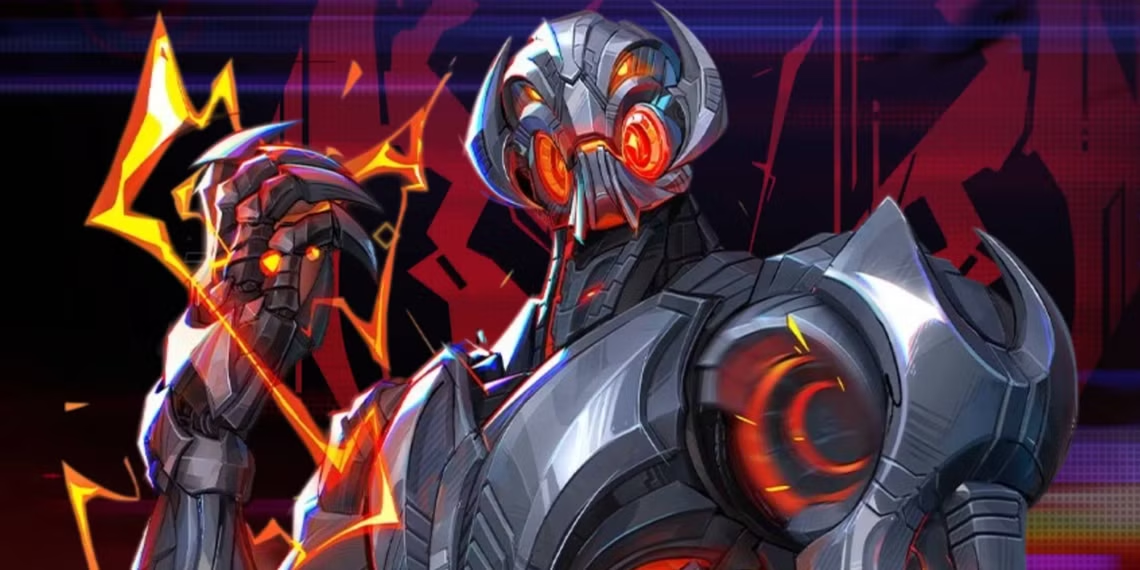

Leave a Reply